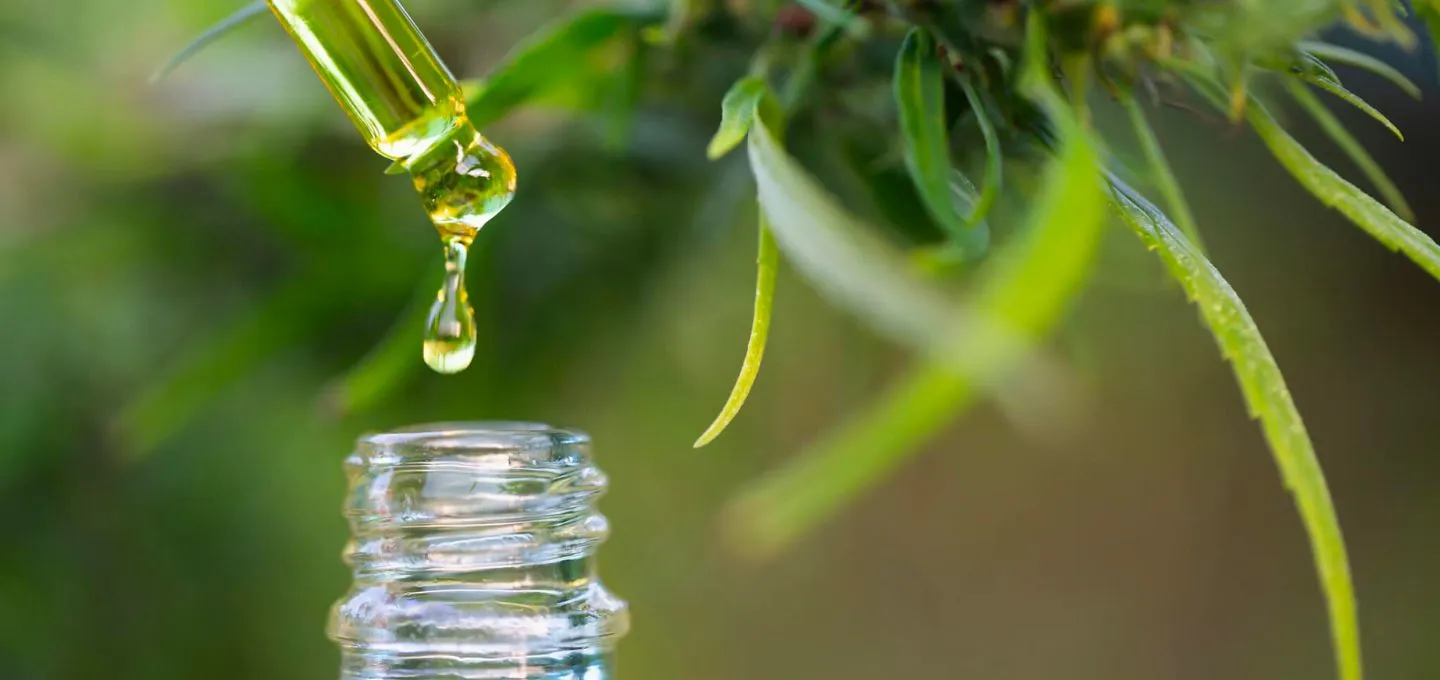What are Solvent Recovery?
Cannabis extracts and concentrates made without solvents are called solvent-free.
Butane, propane, CO2, and ethanol are common cannabis extraction solvents.
Going solvent-free eliminates the possibility of leftover solvent in the product.
Different equipment and techniques are used for solvent recovery, depending on the type of solvent.
They include:
- Cryogenic freezing – Solvents are turned to liquid form using extremely cold temperatures and then separated. This is effective for reclaiming butane or propane.
- Vacuum ovens – Solvents are vaporized inside heated chambers that use vacuum pressure to speed up evaporation. The vaporized solvents are then condensed back to liquid form for collection.
- Distillation – Solvents like ethanol are recovered through distillation equipment like rotary evaporators or fractional distillation that boil off and condense the ethanol.
- Carbon scrubbers – Gases are filtered through activated carbon to capture residual solvents.
Proper solvent recovery not only makes the extraction process more efficient by recycling these chemicals, but it also ensures hazardous solvent vapors aren’t released where they could be ignited or inhaled. The reclaimed solvents can then be reused, saving on costs.

 Fact Checked by Doctor Name
Fact Checked by Doctor Name